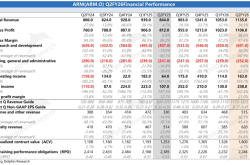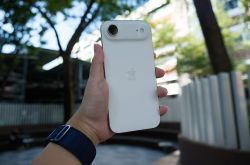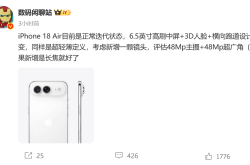Mobile Phones Now Feature 24GB of RAM: A User Necessity or Marketing Gimmick?",["24GB RAM, Android Flagships, iPhone, On-Device AI, Storage Chips
![]() 06/19 2025
06/19 2025
![]() 802
802
Android flagships are poised to enter the era of 24GB RAM.
Recently, games like "Fortnite" have mandated at least 4GB of RAM, and "Roblox" displayed a "Low Memory Warning" (Error Code: 292) on iPads with less than 4GB of RAM. These incidents sparked heated discussions globally as devices with smaller RAM capacities are increasingly being phased out by software developers.
According to TF International Securities analyst Ming-Chi Kuo, the iPhone 17 series will come standard with 12GB of RAM, marking a 50% increase over the iPhone 16 series. Android manufacturers, known for their aggressive approach to RAM, have already popularized 12GB and 16GB RAM in flagship phones, with some even introducing models featuring up to 24GB of RAM.
Currently, there aren't many phones equipped with 24GB of RAM, but the prelude to its widespread adoption has already begun. Given that Android systems often use up half of their RAM upon startup, does upgrading to 24GB RAM significantly enhance the user experience compared to 16GB?
Who's to blame for half of a phone's RAM being occupied upon startup?
On Zhihu, Lei Technology has observed numerous complaints from users that large amounts of RAM on Android phones are ineffective as half of it is occupied upon startup, regardless of the total capacity. Others have noted that iPhones with 4GB of RAM offer comparable background retention rates and smoothness to Android phones with 12GB of RAM.
To address the issue of system occupancy, Lei Technology conducted tests on phones with 12GB and 16GB of RAM, running QQ, WeChat, and LiTiaoTiao simultaneously. The phone with 12GB of RAM had 5.8GB of available RAM left, while the 16GB model had 7.35GB remaining, with occupancy rates slightly above 50% for both.

(Image source: Phone screenshot)
Android systems, based on the Linux kernel, inherit many Linux characteristics, including a memory management mechanism that maximizes physical memory usage. This mechanism enhances app launch and switching speeds by caching as many processes as possible, only clearing and recycling cached RAM when the system demands more.
Regarding the smoothness and background app retention capabilities of iPhones with 4GB of RAM, once multiple apps or RAM-intensive apps are running, the 4GB of RAM becomes insufficient. Zhihu users have reported that certain apps cause previously running apps to disconnect when switched, and excessive app usage results in a WeChat splash screen animation upon each launch.
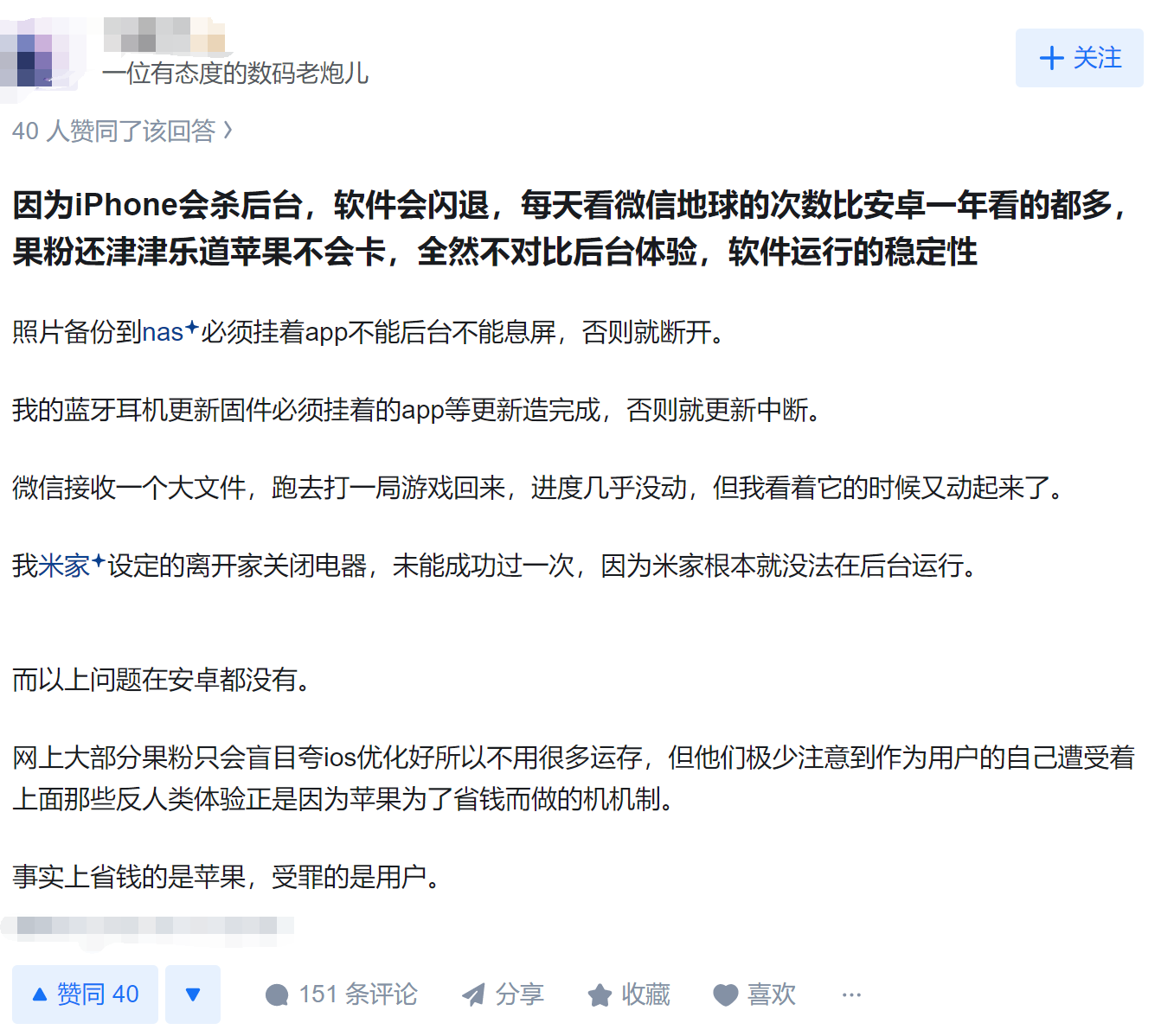
(Image source: Zhihu screenshot)
The secret to the smoothness of iPhones with smaller RAM lies in the tombstone mechanism, which freezes app processes and retains them in flash storage to reduce RAM occupancy. Many apps display splash screen animations upon startup and resumption, explaining why some users complain about frequent "Earth" sightings (WeChat splash screen).
Moreover, the small RAM capacity of iPhones means apps can enter a frozen state after just a few minutes of switching, requiring a splash screen or ad upon relaunch.
Bilibili UPs' evaluations show that iPhones generally have inferior memory retention rates compared to domestic phones with large RAM capacities. Even 16GB RAM phones experience background app terminations under high loads, while 24GB RAM models witness a significant increase in background app retention rates.
The iPhone 17 series' RAM increase from 8GB to 12GB is not solely due to app retention rate considerations but also because of the application and popularization of on-device AI. According to CSDN blogger @frostmelody, running a 3 billion-parameter model quantized based on INT8 requires approximately 3GB of RAM, while FP16 precision demands around 6GB.
To meet large AI model requirements, MacBook has been fully upgraded to 16GB of RAM. While mobile platforms host relatively fewer parameters in their large on-device AI models, 12GB of RAM ensures that a 3 billion-parameter AI model can run at FP32 precision. With some phone manufacturers introducing large on-device AI models with 7 billion to 10 billion parameters, 24GB of RAM may become the baseline for unleashing their full potential.
24GB RAM Becomes the Standard for Top-Tier Flagships
Several phones equipped with 24GB of RAM have hit the market, including the OnePlus 13, REDMI K70 Ultimate Edition, realme GT7, Red Magic 10 Pro+, and ROG Phone 9 Pro. Interestingly, these models are primarily from gaming phone manufacturers or flagship products of major brands' sub-brands, rather than top-tier flagships from mainstream manufacturers.
However, according to digital blogger @DigitalChatStation, the AI computing power of the second-generation Snapdragon 8 Ultimate and Dimensity 9500 has doubled, with significant performance improvements. Some top-5 manufacturers are reconsidering equipping their top-tier models with 24GB of RAM. The blogger didn't disclose specific manufacturers but used "some," suggesting more than one is considering this, potentially including OPPO, vivo, Xiaomi, and Honor.

(Image source: Weibo screenshot)
Unlike previous 24GB RAM phones, which were mostly sub-brand flagships and gaming phones, this time's 24GB RAM flagships may include models from Xiaomi's digital series, OPPO's Find X series, vivo's X series, and Honor's Magic series. Combining @DigitalChatStation's statements with the iPhone 17 series' RAM increase, it's likely that Android manufacturers are upgrading their top-tier flagships to 24GB of RAM due to large on-device AI model applications.
Limited by factors such as chip AI performance and small-parameter large AI model capabilities, their mobile application is not yet mature. Currently, most manufacturers' AI apps are almost unusable without an internet connection. However, user emphasis on privacy, response speed, and industry competition is pushing AI companies to enhance small-parameter large AI model capabilities, while chip manufacturers are increasing new chips' AI computing power.
The higher the precision and larger the number of parameters in large on-device AI models, the more RAM they consume. Manufacturers embracing the "All In AI" slogan need larger RAM in their top-tier models for smooth and high-speed AI model operation.
Besides AI, another reason for RAM upgrades may lie in bloated apps. Domestic apps are feature-rich, offering loans, short videos, live streaming, and gaming through social apps. Large games like "Genshin Impact" and "Honkai: Star Rail" continuously upgrade graphics and gameplay, consuming more RAM. While 16GB of RAM suffices for gaming or a few bloated apps, excessive background apps can still lead to terminations.
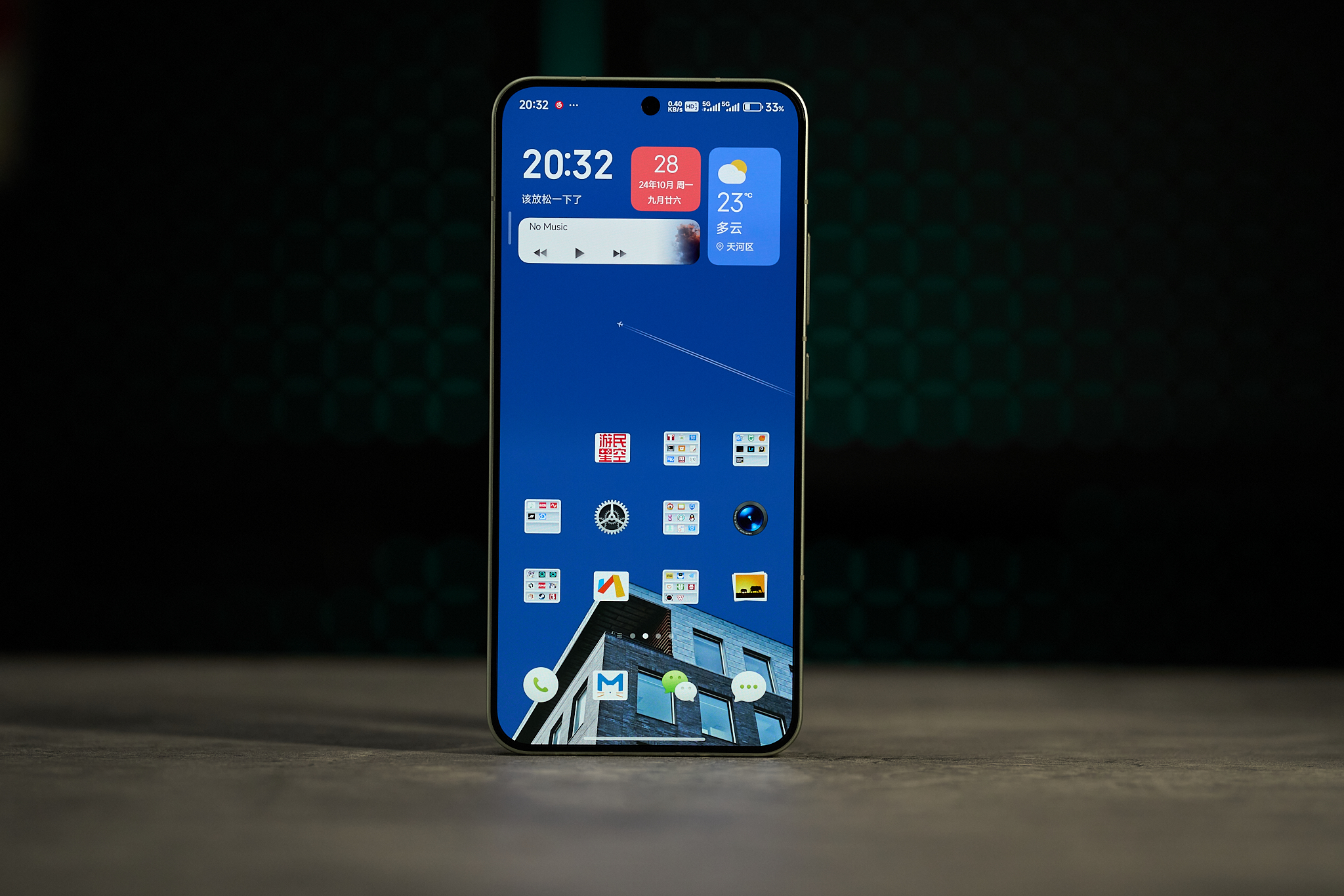
(Image source: Lei Technology production)
After upgrading to 24GB of RAM, flagship phones can better handle large games and multiple background apps. Imagine updating a game while having essential apps in the background. To prevent interruptions, you'd typically stay on the game page. With 24GB of RAM, you can watch videos on Douyin and Bilibili while the game updates, finishing just as the game does.
24GB of RAM retains more apps in the background and provides a solid foundation for large AI models, significantly enhancing the user experience. Although not everyone needs 24GB of RAM, having the option is beneficial.
According to @DigitalChatStation, models with the second-generation Snapdragon 8 Ultimate will release in September, potentially bringing 24GB RAM flagships to market by then.
Price: A Major Hurdle for Large RAM Adoption
In fact, domestic manufacturers planned to equip their top-tier flagships with 24GB of RAM two years ago but ultimately didn't. One reason could be that research indicated 12GB/16GB was sufficient, and another could be the rising cost of storage chips.
Stanford University's "2024 AI Index Report" points out that increased AI industry demand for HBM memory prompted SK Hynix to convert 30% of its DRAM production lines to HBM memory, causing a severe shortage and subsequent price increase in mobile RAM capacity. Other manufacturers faced similar situations. Crucially, AI companies are accelerating computing power center construction, maintaining high HBM memory demand and affecting mobile RAM prices.
Equipping top-tier flagships with 24GB of RAM may push brands like OPPO, vivo, Xiaomi, and Honor into the 8000 yuan price range. Higher prices often deter consumers, but this doesn't mean manufacturers are wrong to launch 24GB RAM top-tier flagships. The significance lies in offering a smoother, more user-friendly option, letting consumers decide between spending extra for the top-tier model or opting for a 12GB/16GB version based on their needs.
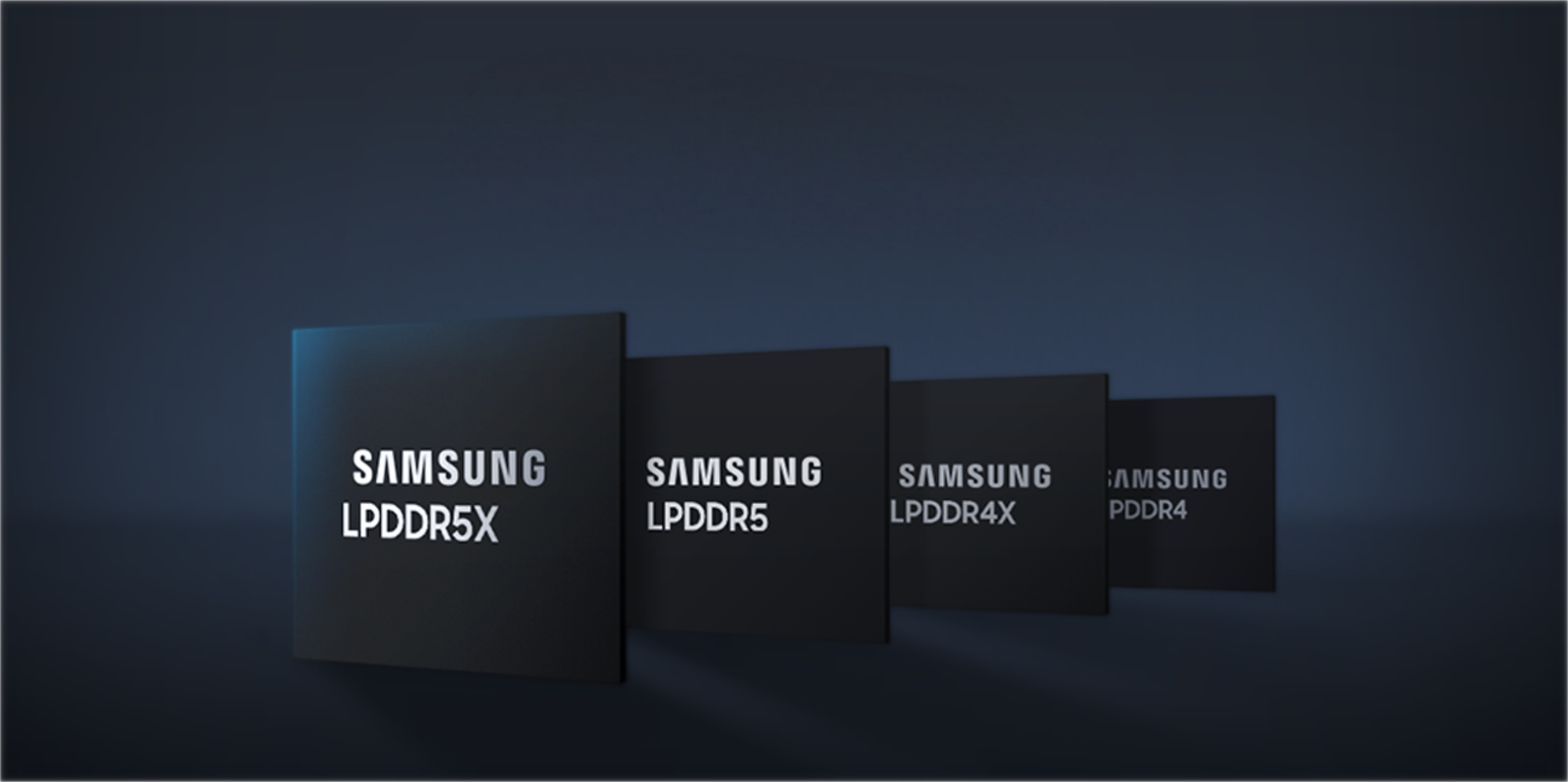
(Image source: Samsung)
Additionally, expanding system and app functions are phasing out phones with smaller RAM, and large on-device AI model popularization may accelerate this. 24GB RAM phones offer greater upgrade potential, accommodate larger parameter AI models, adapt to more bloated apps, and have a longer lifespan compared to 16GB models.
In the AI era, 24GB of RAM holds value, but rising DRAM and NAND prices make controlling flagship phone costs challenging. Due to their high prices, major manufacturers' 24GB RAM top-tier flagships may not achieve high sales volumes.
RAM, Apple, Android, AI Phones, 24GB RAM
Source: Lei Technology

